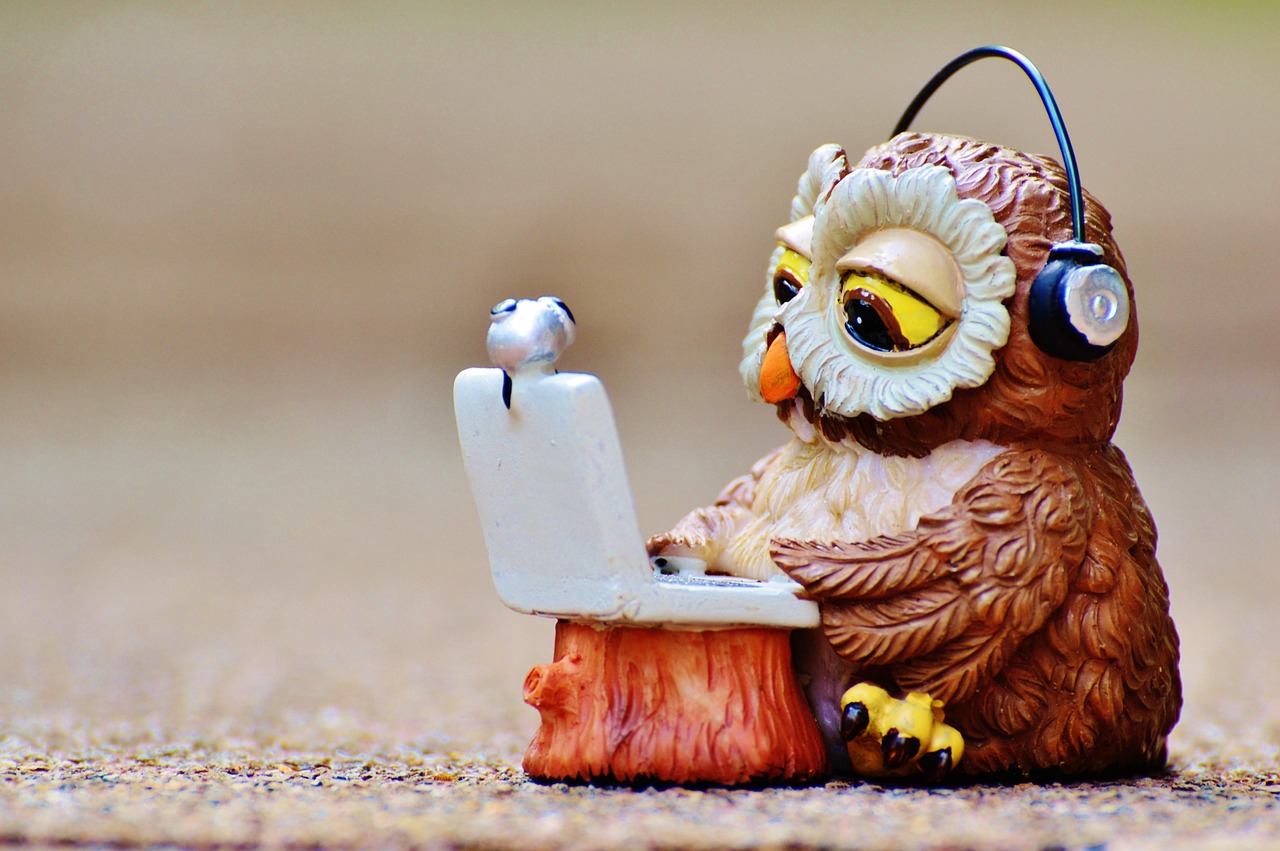Over the past two years, the American Ornithology Society put together a committee dedicated to replacing the English names of certain birds, mostly the ones named after bad faith actors in the naturalist or social world. Many of their meetings are done remotely, their lists and charts stored on computers, and bird pictures taken on a mix of DSLRs and smartphones. But do we call them digital ornithologists? No, we don’t. In the modern world, most fields of study have adapted to changing technology as needed– anything that makes a researcher’s job easier is latched onto with fervor. The scientists responsible for the recent launch of the James Webb telescope don’t call themselves digital astrophysicists either.
What is it that makes the field of humanities different? Historically, there has been pushback against the usage of digital media in many humanities fields; a fear that the human effort of analysis will be replaced with computers and physical texts with ebooks.
The fact of the matter is that both physical media and digital can coexist! They both have their place in all forms of research. Frankly, so much of mainstream academia has absorbed digital usage that the upcoming generations of humanities students are digital humanists without even realizing it.
What does digital humanities mean to me? It means a near future where we are all merely humanities scholars; the digital is implied. Perhaps we move towards a time where there will be analog humanists instead.


